Analysing Numerical Patterns
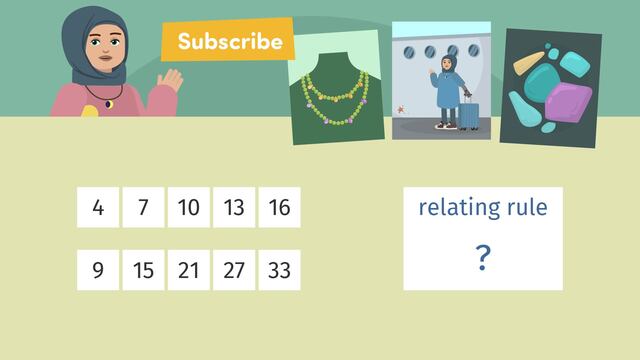

Basics on the topic Analysing Numerical Patterns
Learn all about analysing numerical patterns.
Transcript Analysing Numerical Patterns
"Welcome back! I got lots of questions about the patterns of the double necklace I was wearing in my previous video." "Last summer, we took a cruise to the Bahamas, and one day while walking the beach, I discovered the most amazing sea glass. Because I didn't have much of it, I had to figure out how to make some patterns that would showcase its beauty. So, let's get into it!" Analysing Numerical Patterns. Numerical patterns involve a sequence of numbers that follow a specific rule or operation. Here is an example of a number pattern. In this pattern, the rule would be; start at zero and add three for each term. We can also generate two numerical patterns, and analyse the relating rule that describes the relationship between terms using a function table. A term refers to each individual number in the sequence, and refers to a particular location inside the pattern. Each number on the table has a partner. These pairs are called corresponding terms. To analyse, first determine the rule for each pattern. We can identify the rule for the first pattern as start at two, add two, and the rule for the second pattern as start at six, and add six. Now, we need to find the relating rule that we can apply to all the terms in the first pattern, to get the corresponding terms in the second pattern. Keep in mind, patterns will not always follow addition. The rule for a pattern may contain any of the operations, and some patterns may even contain a combination of operations. Look at the first corresponding terms of two and six. What rule could we apply to two to make six? We could add four. Let's look at the next set of corresponding terms to see if the rule works. No, if we add four to four, we will not get twelve. This tells us these patterns follow a different rule. What is another way you could apply an operation to two and get six? Two times three equals six. Apply the rule, times three, to the rest of the corresponding terms to see if it matches. Yes, the rule of three times all terms in the first pattern get the corresponding terms in the second. Something to keep in mind, if the terms for a pattern are increasing, the rule may involve addition or multiplication. And if the terms for a pattern are decreasing, the rule may involve subtraction or division. Back to Penny's double necklace pattern. The sea glass beads are arranged in the following patterns. What is the relating rule for the corresponding terms? Remember, first determine the rule for each pattern, and then find the relating rule that applies to all corresponding terms. Some rules may have two operations. Pause the video and resume when you are ready. The rule here is start at four, and add three. This rule is start at nine, and add six. This relating rule has two operations. First we multiply by two, and then we add one. To summarise, by generating numerical patterns using rules, we can develop our ability to recognise patterns in maths. We can see how a rule can be applied to different numbers to produce a pattern of results. " Surprise! I'm having a necklace giveaway! Details are in the description below, and if you haven't already subscribed to my channel, what are you waiting for? Subscribe, subscribe, SUBSCRIBE!"

Rational Numbers on the Number Line
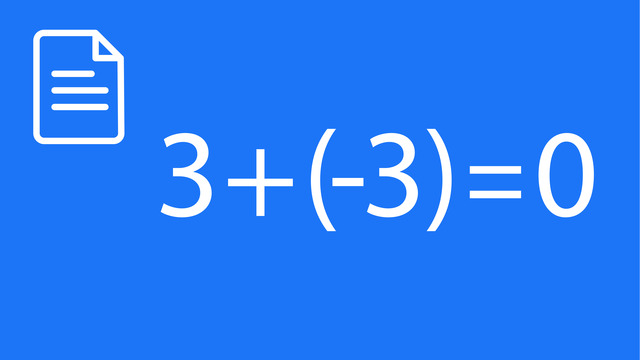
Subtracting Integers

Solving Problems with Negative Numbers
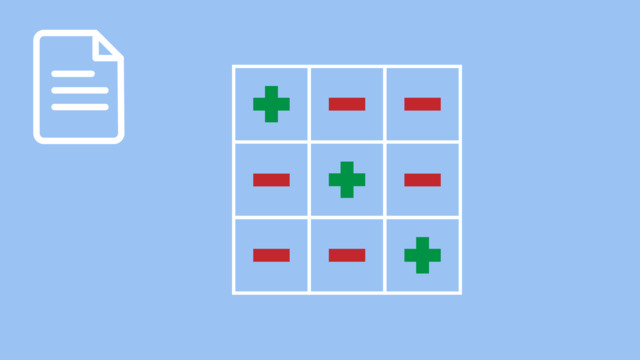
Multiplying and Dividing Integers
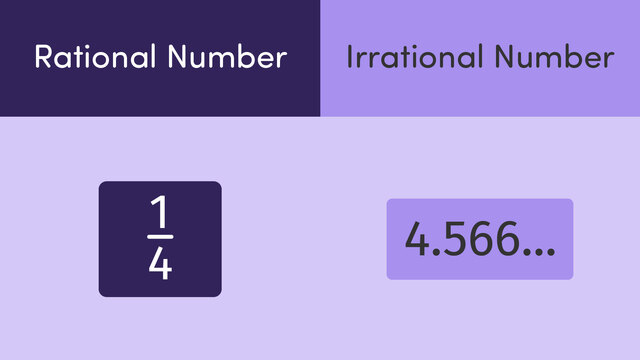
Rational and Irrational Numbers
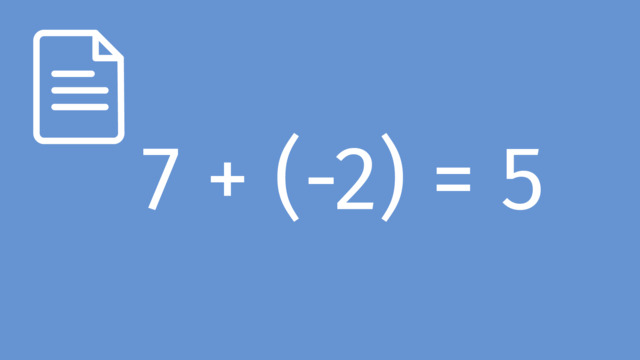
Subtracting Rational Numbers by adding the Inverse

Analysing Numerical Patterns
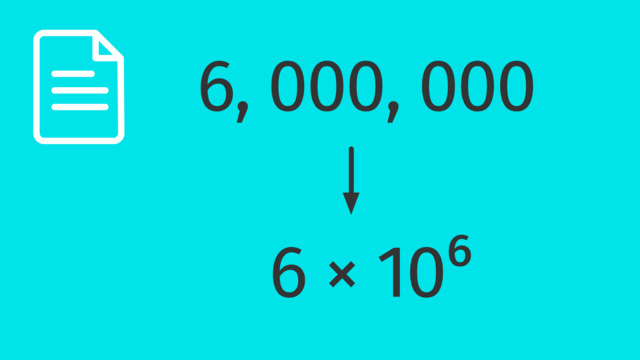
Standard and Scientific Notation

Using Operations with Scientific Notations
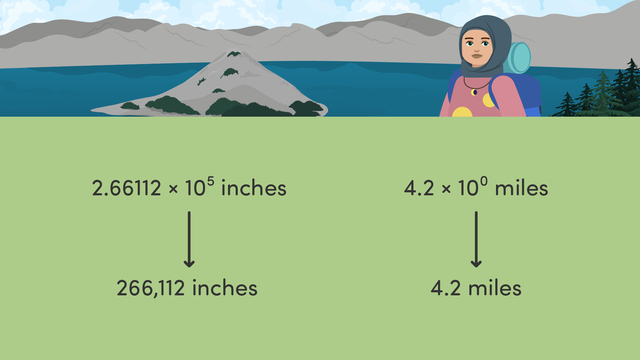
Interpreting Scientific Notation

 Do you want to learn faster and more easily?
Do you want to learn faster and more easily?









